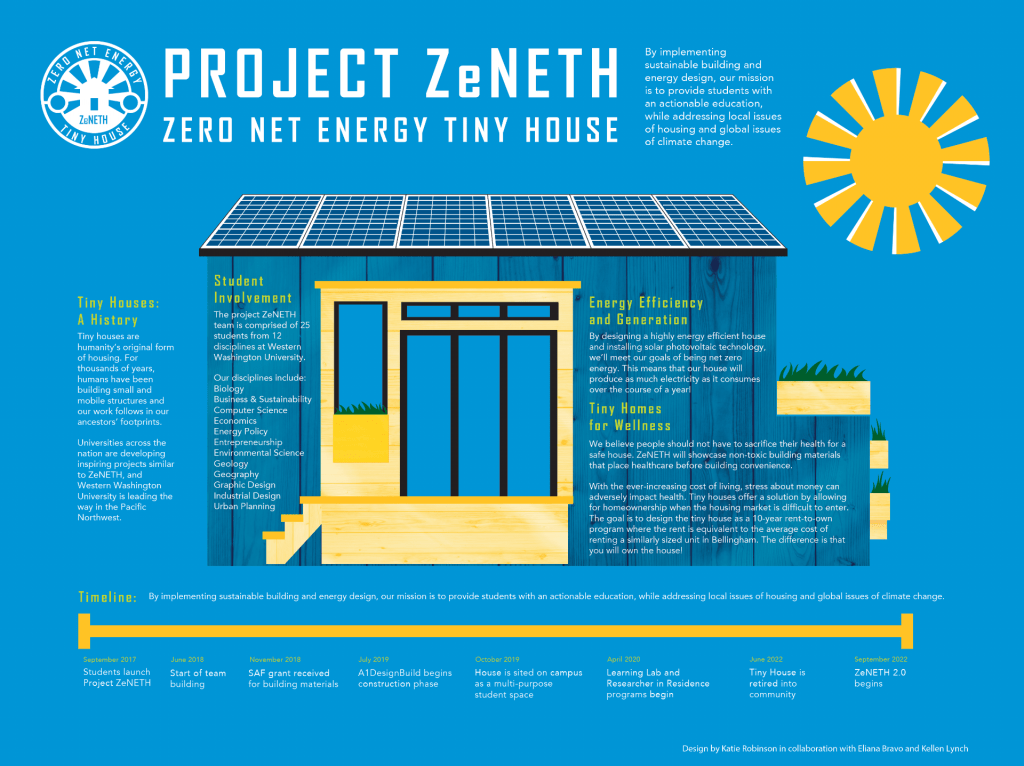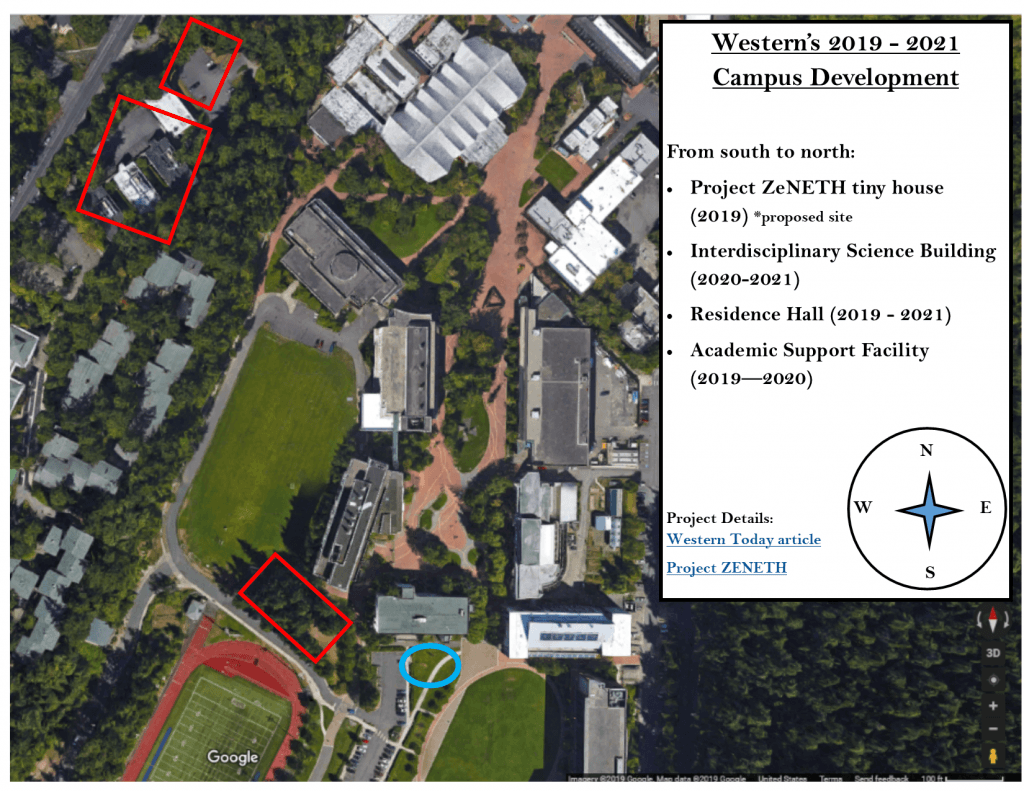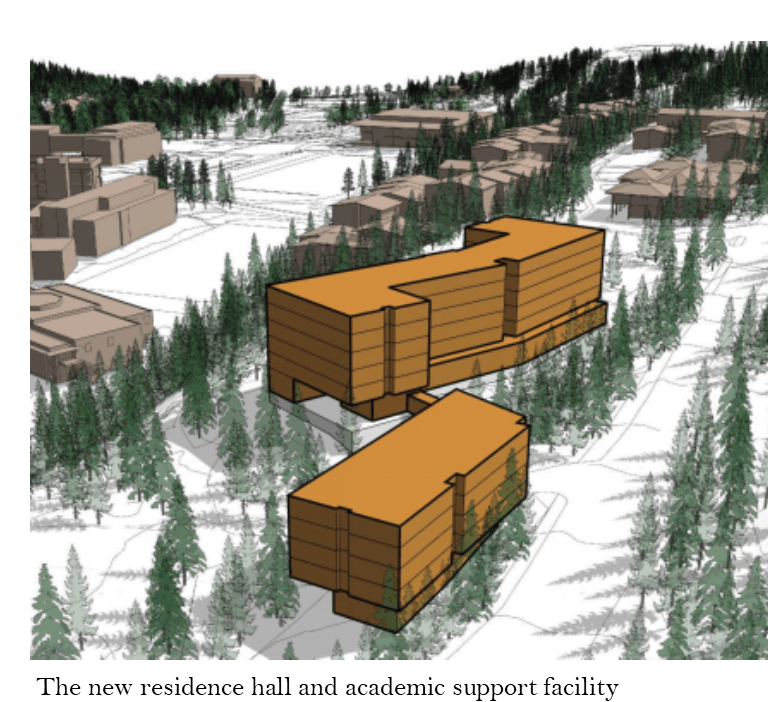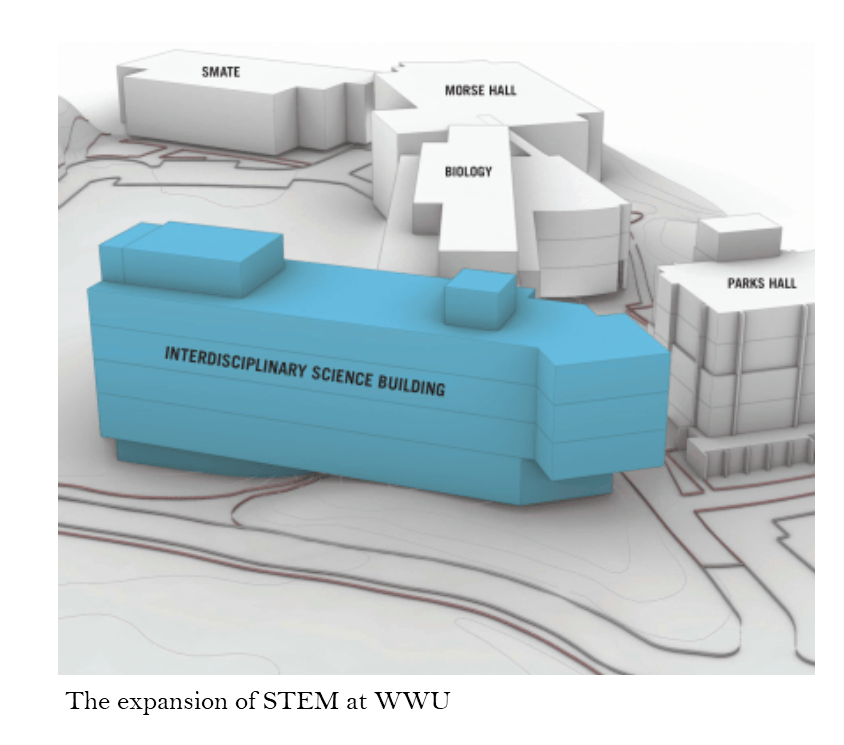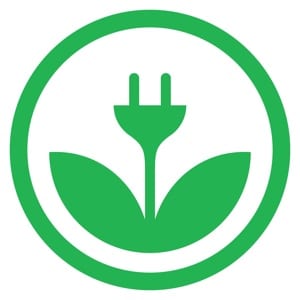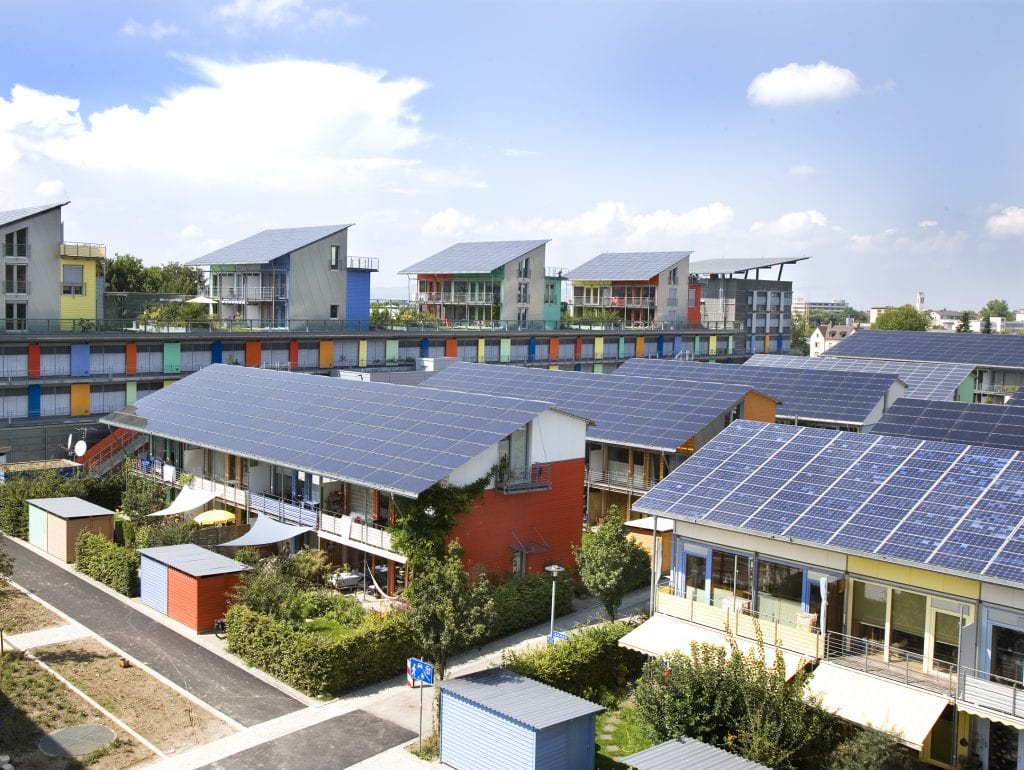It’s been a dream of ours to have our very own infographic for some time, and now with the collaboration of student graphic designer, Katie Robinson, we have one! Check out our fun and styling design below.
Home page
University Development
Woo yeah, this campus is growing. Always with something to be torn down and built up, Western has embarked on its next phase of on-campus building developments for the next 3 years. This map was assembled based on information released in Western Today and from conversations with the University offices. Looks like our tiny house will be in good company with its very big brothers and sisters. Let’s hope they take a peek at our energy efficient designs before they get too far along! One day, we’ll be building a net-zero energy hall on campus.. I just know it!
Click for a closer look..
Home page
Spring Renewal
Happy Spring everyone!
Known as perhaps the most exciting but least productive quarter at the University, our team is hoping to take our work to the finish line of this academic year. We’ve noticed that when the sun comes out here in the PNW, people tend to forget their winter-selves a bit and lose track of everything they might have been doing. Before we run out to enjoy the budding blossoms and chirping chickadees, here’s what we’ve been up to:
- Building a working relationship with local construction company and worker owned co-operative, A1 Design Build. A1 will be taking on the construction of our tiny house. (!!!) This is a major partnership and an incredible opportunity to work across our community with partners who believe in the same learning-by-doing idea that formed ZeNETH.
- Presenting at the WWU TEDx Salon where Kellen will discuss ZeNETH and the need for actionable education within our schools. Kellen will also continue his work as a fellow for the IDEA Changemakers on Western’s campus.
- Collaborating with Western’s Facilities Development and Capital Budget to design and implement our siting plan on the University’s campus
- Envisioning all of the possible uses of the house while on campus, including its potential use as a recording studio or venue space for live performances and podcasts! The house will be a tour destination for many potential students, but also the thousands of students whose educations link to ZeNETH
Clearly, we have another full quarter ahead of us and we’re looking forward to every bit of it. Thanks for reading!
Home page
New Year Update
Hello friends,
Now that we’ve entered the new year, we find ourselves on the cusp of a new quarter – ZeNETH’s biggest one yet. It is this quarter that our student-led team will carry our research questions of designing a net-zero energy tiny house into fruition and into reality.
We wrapped up 2018 and our fall quarter with a few stellar milestones including presenting at Sustainable Connection’s Green Building Slam, and at the Institute for Energy Studies advisory board meeting. We’ve begun building strong relationships within the Bellingham community and we’re confident that it is with this support that we’ll not only design this unique project but also connect students with professional opportunities.
But as we said above, this really is going to be our biggest quarter yet. That means that we have significant tasks to address at this time, including:
- Securing funding for our Construction Manager and Lead Builder
- Developing a full siting plan with Western’s Facilities Management team
- Beginning construction of our mobile tiny house!
Stay tuned to our progress here on our website, on Facebook, and on Instagram. If you feel like reaching out to us with a comment, please do so and email us at projectzeneth@gmail.com
And with that we say goodbye to 2018 and hello 2019!
Home page
Why Does Zero Net Energy Matter?
Today’s post comes to us from student, Eric Marquette. Eric is studying energy policy and entrepreneurship at Western, and as seen in his post, he has been researching what it means for energy policy to be put in practice. Read on!
You may be wondering, why do we care so much about zero net energy housing? And why would this work so well for tiny houses? Well, with zero net energy houses, the ultimate goal is to reduce the operating cost of energy as much as possible so that one can gain more benefits, generally referred to savings, i.e. saving money on bills. The best, and simplest way for us to reduce these costs is to invest in energy efficiency. When talking about housing, energy efficiency is used to reduce the amount of energy needed to run a home. There’s a plethora of different methods, but for our purposes we are primarily looking at lighting, heating, and cooling of a house. Using energy efficiency, we can reduce the costs associated with these to increase our benefits.
When installing most energy efficiency systems, there is generally a higher than average initial cost compared to contemporary energy costs.However, due to the savings provided by efficiency methods, the initial cost will be paid off and allow the resident to recoup more than they ever spent. Let’s take photo-voltaic solar panels as an example. Solar panels have a relatively high initial cost to install, perhaps around $10,000 for a 3 kilowatt system (without calculating in state subsidies). However, the panels are helping reduce electricity needed to power the house from the grid, meaning your utility’s electric bill will decrease greatly. Depending on your home’s energy efficiency and your avoided cost through the solar savings, the amount of money saved on the electricity bill per month will add up over the years, paying itself off. Depending on the state, and the political climate, many utility’s offer net-metering, as well. This is the practice of utilities paying the customer for their production of electricity. We call the time it takes for an efficiency method to pay off the initial cost the payback period. Once the initial cost has been paid off, the initial cost investment will begin to make a return every month.
Energy efficient methods, such as solar panels, do have a high initial costs that aren’t affordable for everyone. However with tiny houses, the initial costs can become much less. Due to the smaller size of tiny houses, the energy required to heat, cool, and power the house is far less. Meaning the initial cost for something like solar panels on a tiny house goes down because less panels are required to power the home. Since the initial cost goes down, so too does our payback period; providing us with a shorter amount of time to gain a return from our investment.
To conclude, the goal of zero net energy is to reduce our cost to increase our benefits. We can do that by implementing various energy efficiency methods. These methods can work very well with tiny houses due to the decrease in size and quick return on investments into energy efficiency.
The video below provides a great example of the potential for a tiny house.
